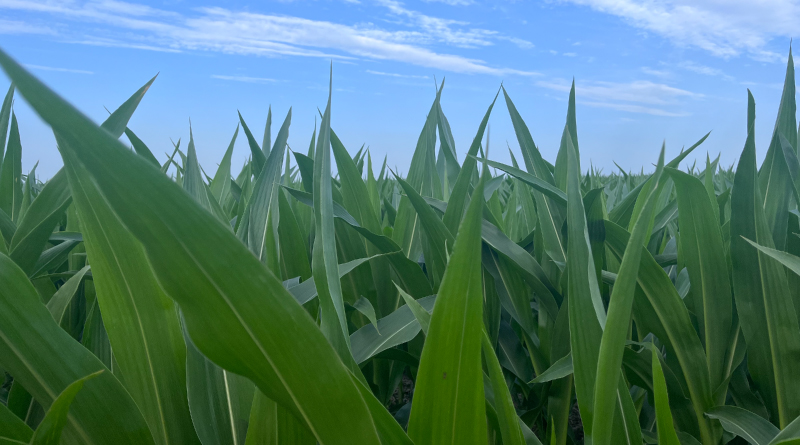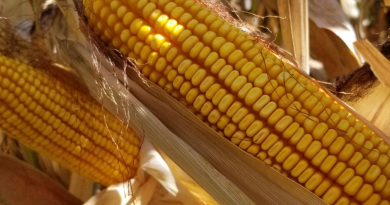Crop Season Home Stretch
What to look for at the end of the growing season.
Each growing season provides its own unique challenges, and 2023 is no exception. Corn planting progressed at a rapid pace, and it appeared we were off to a good start. Unprecedented dryness showed up in late April leading to many recently planted seeds lying in dry soils. As a result, uneven emergence was prevalent across many areas. In some instances, a month delay in emergence was been observed in certain fields. Drought conditions were sustained for many during the months of May and June. The one saving grace was relatively cool temperatures. The resiliency of this crop has been impressive overall and recent rains have provided hope for bringing a crop home this fall. Below are some key items to be mindful of as we approach the crop season home stretch.
Unevenness
There is concern regarding the unevenness of corn emergence and its effect on pollination and yield. Topography and soil type primarily influenced these areas. Considering each corn tassel can produce over 2 million grains of pollen, there is plenty there to pollinate these later plants. We know ear size can be reduced up to 50% when there is a one-leaf delay compared to neighboring plants within a row. However, this is not the case with a cohort of plants. Decent yield potential appears possible and will depend on pollination conditions. In many instances, there has been little to no reduction in ear size observed in these affected areas.
Pests
Protecting anthers and silks is important during pollination. Japanese beetles and corn rootworm are known for clipping and feeding on silks. Control may be advisable if silks are clipped back to less than 1/2 inch when less than 50% of the plants have been pollinated. Pollination is complete when brown silk is observed and no further threat is posed by Japanese beetles. It is important to note, early drought conditions have been conducive for spider mite development and their presence has already been observed in certain geographies. If dryness sustains, flare ups are possible. Spider mites are resistant to many insecticides making it important to select effective ones for control. Use our Scouting Calendar for an easy reminder of when to look for which pests.
Disease
Disease pressure to date has been significantly light in many areas. Only recently have we seen gray leaf spot and northern corn leaf blight enter fields. More notably, we have seen the early arrival of tar spot in some southern geographies during pollination. Scouting will pay dividends in a year like this. It is important to protect the upper canopy since it contributes the most to carbohydrate production during grain fill. Knowing which hybrids respond well to fungicide application will improve your odds of maximizing your ROI as well.
Stalk Rots
Sustained stress often precedes stalk rots and reduces late season standability. Excessive competition for resources leads to stalk cannibalization during grain fill. Potash deficiency symptoms have already been observed in many fields. This can especially reduce stalk strength and quality as it is a key component of the cell wall structure that provides plant rigidity. Stalk push tests should be conducted and if more than 10% of stalks appear compromised in a field, it should be prioritized for early harvest.
All this being said, we aren’t out of the game yet. There is still hope for this crop and having a plan for the second half and home stretch of the season will pay dividends. Lastly, if you have any other questions or need any other insights, please contact your Burrus Seed Representative.
written by Burrus Seed Field Agronomist Dana Harder, CCA






